The coast where reeds, rice grass, saltwort and other plants grow is called the reed and halophyte coast. The characteristics of these plants are that they can live in salt water and are salt-alkali resistant. In early spring, new buds sprout, dyeing the coast into emerald green. In late autumn, they gradually wither and turn yellow, changing the coast into golden clothes. Among this type of coast, reed coast is the most common.
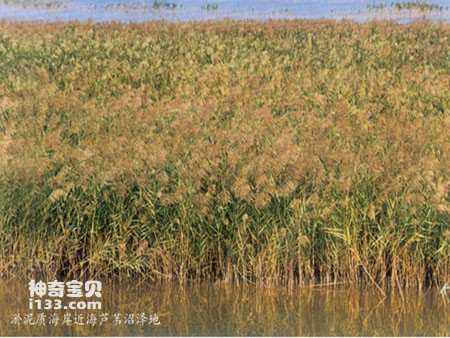
Haizhou Bay is located at the junction of Lu and Su. The southern part is affected by sediment, and the coastal sea area is lighter in color.
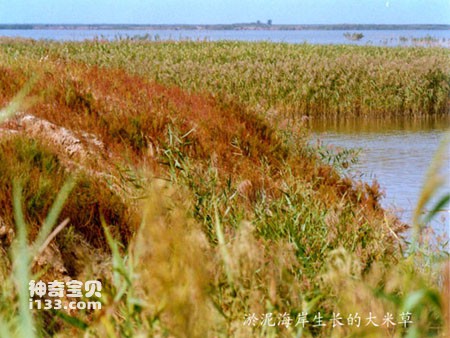
Coastal reed swamp
Phragmites australis is a perennial herbaceous plant that is most commonly found in temperate coastal freshwater and saltwater swamps. The reed coasts in my country are most widely distributed in Liaodong Bay and Bohai Bay. Daling River Estuary is the largest reed field and the longest reed coast in my country. Tianjin Hangu, Tanggu and Dagang reed farms ranked second. The Daling River mouth is low and flat with abundant water resources, forming a large freshwater swamp. The average water depth in the swamp is 20-30 cm. In addition to reeds, there are also wetland plants such as cattails and carex. Every spring, the rhizomes of the reed sprout and new plants grow. In summer, it becomes lush and green and becomes a green gauze tent. At this time, the coast is full of fresh green and full of vitality.
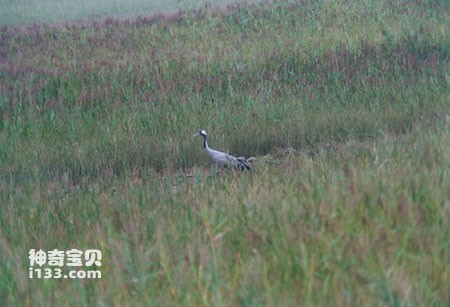
Reed marshes on the coast of Jiangsu
The Reed Coast is a gathering place for fish, shrimps, shells and crabs, as well as a habitat for various waterfowl and birds.
Reeds can promote siltation and stabilize the shore. Reed fields are natural wave absorbers, making waves from large to small, and from small to non-existent. The sediment carried by the tide is quickly deposited in the reed fields, which prevents the coast from being washed away and strengthens it. There are abundant mud and sand deposits along the front of the reed coast, forming a vast silt sand beach. As the beach surface rises, the seawater continues to recede, creating large areas of new land.
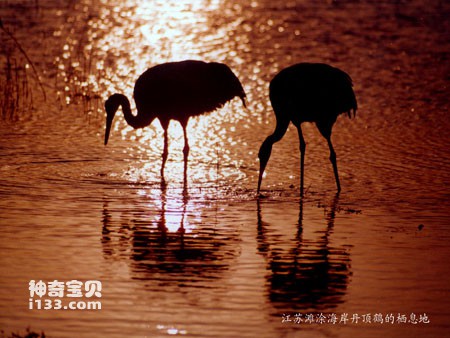
Red-crowned crane in the reeds
Spartina along my country's coast was introduced from abroad in recent years. They grow in intertidal zones. When the tide comes, it is submerged, and when the tide recedes, it is exposed on the mudflat. Spartina is a salt-secreting perennial halophyte with a plant height of about 50 cm, strong fecundity and well-developed root system. Like reeds, rice straw also has the function of promoting siltation and stabilizing banks, and reducing waves.
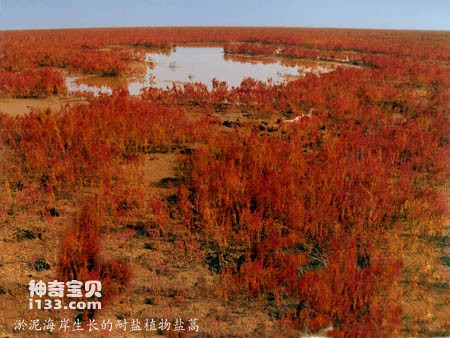
Suaeda salsa plant in coastal marshes
In the 1970s, Spartina was introduced from abroad along the coast of northern Jiangsu and the west coast of Bohai Bay. Spartina has settled down in our country, adding green to our coast. Spartina has contributed to my country's coastal protection. Spartina begins to turn yellow in late autumn. When you go there in winter, you will see golden Spartina. In the early spring of the second year, it slowly turned green. Summer is the time when it grows most vigorously, and the coast is green and full of life. The tide rises and falls and the waves surge, but the rice grass remains motionless, guarding the coast tenaciously. Ecological environment of swamp wetland
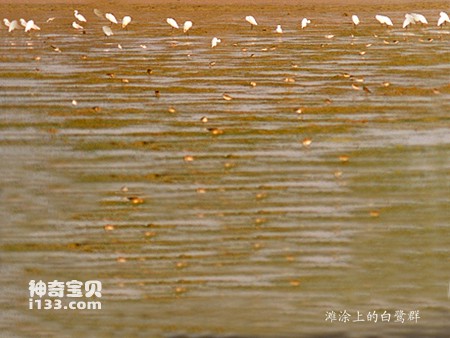
Suaeda salsa has a typical halophytic structure and the plant body is fleshy. It is purple-red in the larval stage and looks like a bright and eye-catching carpet covering the coast. The beauty of the Suaeda Salina coast is unimaginable by anyone who has never been there or witnessed it in person. To describe it as stunningly beautiful, it will be unapologetically beautiful.
No other plants can survive on the high-salt tidal flats that are not completely separated from the sea water. Only Suaeda salsa, with its unique halophytic structure, first took root in the tidal flats, causing plants to grow on the tidal flats. Suaeda salsa is a true trailblazer on tidal flats. Since the emergence of Suaeda salina, there has been more and more organic matter on the tidal flats, which has accelerated the soilification process of the tidal flats. With the siltation of tidal flats, the salt content in coastal salt soil gradually decreases. When the salt content drops to 0.6%-1.0%, more deerweed appears in the Suaeda community. When the salinity of coastal salt soil further decreases, more dwarf reeds appear in the Suaeda salina community. At this time, the Suaeda salsa coast is no longer pure purple-red, but purple-red mixed with green.
animal tags:
We created this article in conjunction with AI technology, then made sure it was fact-checked and edited by a Animals Top editor.